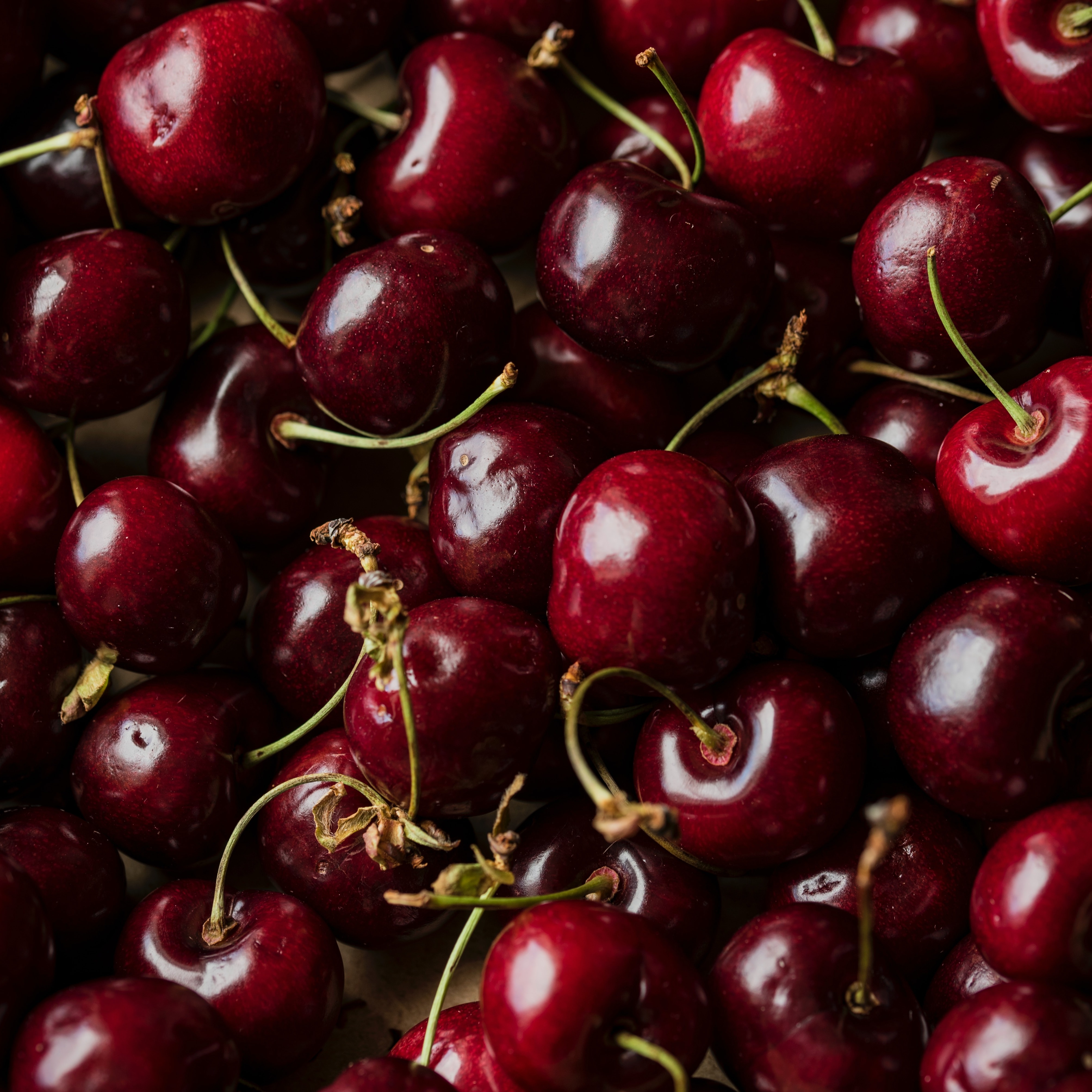
Introduction
Cherries are delicious and versatile fruits that can be successfully grown in the United Kingdom. With their sweet and tangy flavor, cherries make a wonderful addition to any garden. In this comprehensive guide, we will walk you through the process of growing cherries, from selecting the right varieties to caring for your trees and harvesting their bountiful fruits. Let's dive in!
Choosing the Right Variety
When it comes to cherries, there are two main types: sweet cherries and sour cherries. Here are some popular choices for each:
Sweet Cherries:
- 'Stella': A self-fertile variety known for its large, dark red fruits and excellent flavor.
- 'Regina': Another self-fertile variety that produces juicy, black cherries with a sweet and rich taste.
- 'Merton Glory': A popular variety that is well-suited to the UK climate, yielding large, dark red fruits.
Sour Cherries:
- 'Morello': A traditional sour cherry variety that produces small, dark red fruits with a tart flavor, ideal for cooking and preserving.
- 'Montmorency': A widely grown sour cherry variety, known for its tartness and suitability for pies and jams.
- 'Nabella': A newer variety that combines the traits of sweet and sour cherries, offering a balanced flavor.
Sowing and Planting
Cherries are typically propagated from young trees rather than seeds. Follow these steps to plant your cherry tree:
- Select a suitable location: Choose a spot in your garden that receives full sun and has well-drained soil.
- Prepare the soil: Incorporate organic matter into the soil to improve fertility and drainage.
- Dig the planting hole: Make a hole that is wide and deep enough to accommodate the root ball of the tree.
- Planting depth and spacing: Position the tree so that the bud union (the swollen area where the tree was grafted onto the rootstock) is slightly above the soil surface. Space cherry trees 20-30 feet apart for sweet cherries and 10-15 feet apart for sour cherries.
- Backfill the hole with soil, firming it gently around the roots. Water thoroughly.
Growing
To ensure healthy growth and a plentiful harvest of cherries, consider the following tips:
- Sunlight: Cherries thrive in full sun, so ensure they receive at least 6-8 hours of direct sunlight each day.
- Watering: Provide regular watering, especially during dry periods. Cherries prefer consistently moist soil, but avoid overwatering to prevent root rot.
- Soil conditions: Cherries prefer well-drained soil with a pH between 6 and 7. Amend the soil with organic matter if necessary.
- Fertilizing: Apply a balanced fertilizer formulated for fruit trees in early spring and again in early summer. Follow the recommended application rates provided by the manufacturer.
- Pruning: Prune cherry trees during the dormant season to remove dead or diseased branches, improve airflow, and maintain an open center structure.
- Pest control: Monitor your cherry tree for common pests such as aphids or cherry fruit fly. Use organic or chemical controls as necessary.
Harvesting
The harvest time for cherries typically occurs in early to mid-summer. Here's how to know when they are ready to be picked:
- Color change: Look for cherries that have developed their characteristic color. Sweet cherries should be deep red, while sour cherries are usually bright red or dark red.
- Firmness: Gently squeeze the cherries. They should feel firm but not too hard. Sweet cherries should have a slight give, while sour cherries are generally firmer.
- Taste test: Sample a few cherries to assess their flavor. Sweet cherries should be juicy and sweet, while sour cherries will have a tart taste.
- Harvesting technique: Hold the cherry gently and twist it, giving it a slight upward lift to detach it from the tree. Alternatively, use pruning shears or scissors to cut the fruit, leaving a short stem attached.
Plant Care
Proper care is essential for the health and productivity of cherry trees. Consider the following practices:
- Winter protection: In colder regions, protect young cherry trees from frost and freezing temperatures by wrapping the trunk with burlap or using tree wraps.
- Thinning fruit: If your cherry tree produces an abundance of fruits, thin them out when they are small to ensure better fruit size and quality.
- Pruning: Prune cherry trees during the dormant season to remove dead or crossing branches, maintain an open center structure, and promote good airflow.
Storing and Using
Once you've harvested your cherries, here are some tips for storage and usage:
- Fresh use: Cherries are best enjoyed fresh. Store them in the refrigerator and consume them within a few days.
- Preserving: If you have an abundance of cherries, consider preserving them by making jams, jellies, or pie fillings. Cherries can also be frozen for future use.
- Culinary uses: Cherries are versatile and can be used in various sweet and savory dishes, including desserts, salads, sauces, and even cocktails.
Common Problems
While growing cherries, you may encounter some common issues:
- Bird damage: Birds can be attracted to ripe cherries. Consider using netting or reflective tape to deter them from accessing your fruit.
- Cherry diseases: Cherries may be susceptible to diseases such as cherry leaf spot or brown rot. Practice good garden sanitation and promptly remove any infected plant material.
- Fruit cracking: Rapid changes in watering or weather conditions can cause cherries to crack. Maintain consistent watering and provide shade during hot, sunny periods.
Conclusion
Growing cherries in the United Kingdom is a rewarding endeavor that allows you to enjoy the sweet and tangy flavors of this delightful fruit. By selecting the right varieties, providing proper care, and addressing common challenges, you can cultivate healthy cherry trees that yield bountiful harvests. Whether you savor them fresh or use them in various culinary creations, cherries will surely bring joy to your garden and table. Happy cherry growing!